한식 읽기 좋은 날
Eggs, the Genius of Transformation
Colorful HANSIK
 When was the first time you ate eggs? Probably during a time you can't remember, not far from the moment you were born and started encountering food. Eggs which are also one of the main ingredients in baby food, have been a staple in our diet since childhood, prepared in various forms such as porridge, fried, steamed, and in soups.
When was the first time you ate eggs? Probably during a time you can't remember, not far from the moment you were born and started encountering food. Eggs which are also one of the main ingredients in baby food, have been a staple in our diet since childhood, prepared in various forms such as porridge, fried, steamed, and in soups.
Eggs are one of the most common ingredients that you can encounter anytime and anywhere, enjoyed in a myriad of ways; as a quick and easy ingredient for home-cooked meals, a commonly featured menu like steamed eggs in the school cafeteria, as boiled eggs mashed in tteobokki sauce at the snack shop near school, and a fried egg delicately placed on top of ganjjajangmyeon (thick black bean sauce noodles) at your local Chinese restaurant. As we compare the yolk of an egg to an important essence or core, eggs play a crucial role in the development of human culinary culture.
Let's explore how eggs have been utilized in Hansik and how they continue to transform in diverse ways on our tables even today.
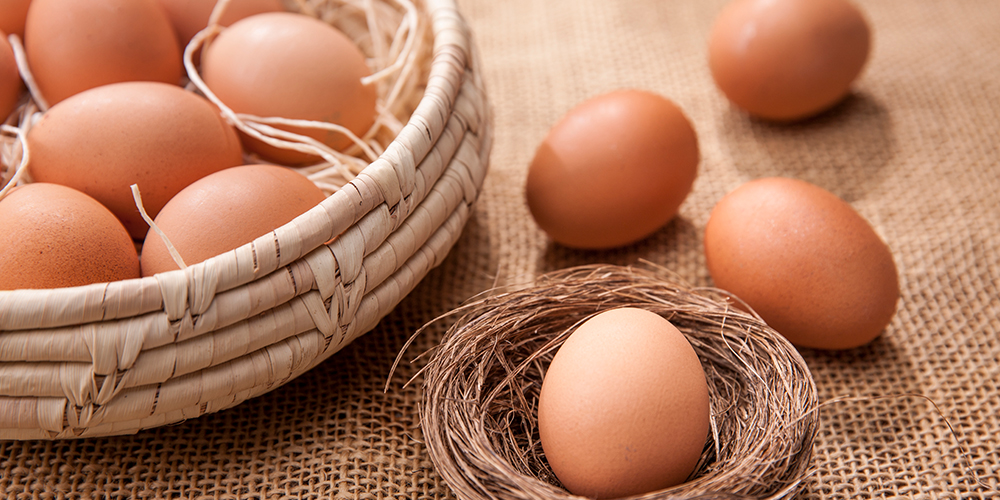
From garnish to side dishes... The more you know, the more surprising eggs are
Eggs can be transformed freely. They can be made into a smooth or fluffy texture, as well as a tender or crispy one, showcasing a diverse range of charms that can be expressed in infinite forms. Depending on the need, they serve various purposes, not only in main dishes but also in side dishes and desserts, providing a savory, sweet, or nutty taste.
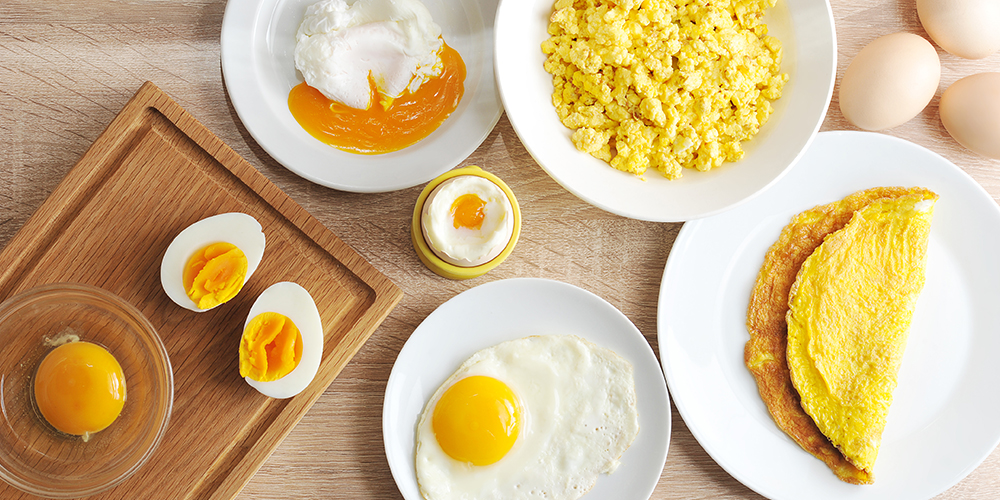
Unlike in the West, where eggs are widely used not only in meals but also as a key ingredient in baking and desserts, in Hansik, eggs were primarily consumed as part of main meals. It is estimated that chicken farming in Korea began around the early the Proto-three Kingdoms Period (3rd to 2nd century BCE). Judging from the discovery of a pottery vessel containing 30 eggs at a Gyeongju tomb, we can infer that even at that time, eggs were already an important part of our diet.
The mention of eggs in historical records dates back to the Joseon Dynasty. According to the culinary book ‘Eumsik Dimibang,’ during the Joseon era, the final step in preparing the chicken dish called 'Sujeunggye' included topping it with egg garnish and sprinkling ginger and ground pepper. In addition to that, various dishes using eggs such as Suran (poached eggs), Nantang (egg soup), Aljjim (steamed eggs) Nanjeok, and Suranchae (poached egg in pine nut soup) were introduced.
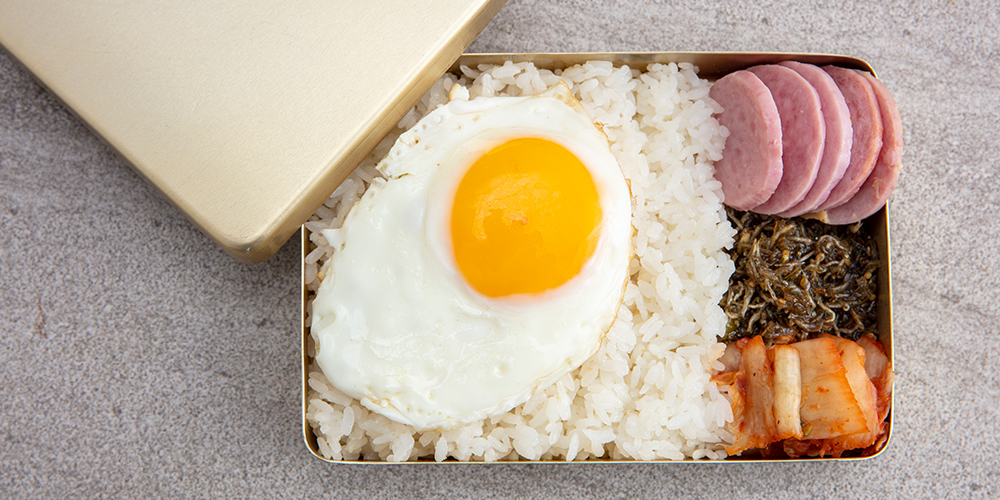
The early to mid-1900s was a period when eggs were considered a luxury and relatively expensive in Korea. In the short story “Mama and the boarder” by novelist Chu Yo Sup, set against the backdrop of the 1930s, there is a scene where the protagonist serves boiled eggs to a guest. During difficult times, offering something valuable like eggs symbolized a significant gesture. Even as late as the mid-1900s, when students brought lunch boxes to school, fried eggs were a side dish that could evoke envy from friends.
With economic development, we are now able to consume eggs more easily. Now, with availability in greater quantity, eggs are cooked in various ways. Eggs, in forms like rolled omelet, steamed eggs, egg fried rice, fried eggs, egg soup, etc., consistently appear on our tables, taking responsibility in our everyday meals.
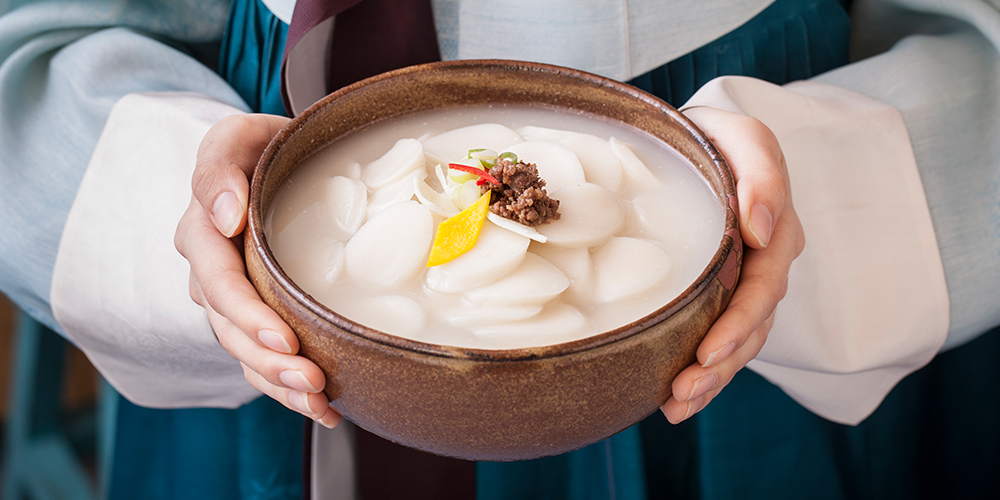
Eggs not only stand as excellent dishes on their own, but they also play a crucial role in enhancing various Hansik dishes like tteokguk (sliced rice cake soup), guksu (noodles), and jeongol (hot pot) by being placed on top as garnish. In particular, the yellow-colored jidan (egg garnish) not only adds vibrancy to a dish but also evokes the sincerity of the person who prepared it. Perhaps even the warm-hearted feeling you get with New Year tteokguk, which is enjoyed in many households to celebrate the Lunar New Year, could be attributed to the carefully prepared eggs garnishes fulfilling their role, don’t you think?
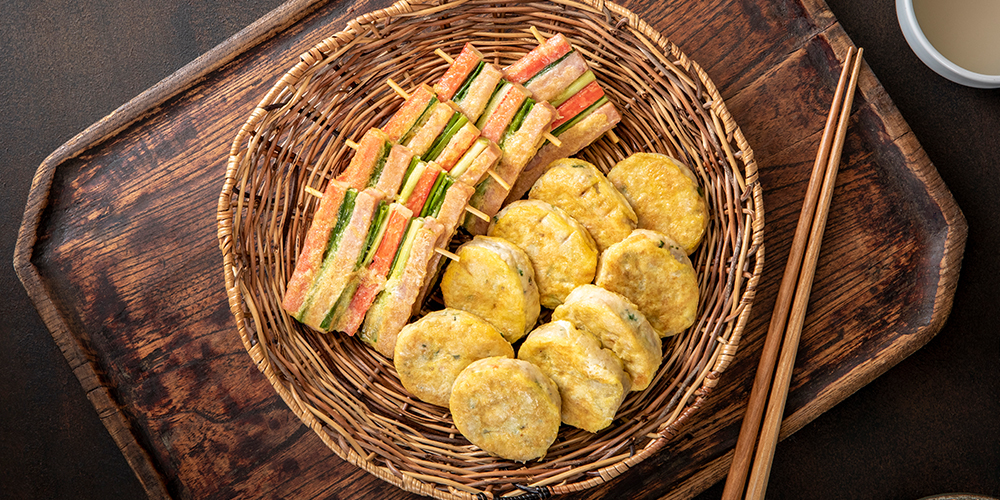
During traditional holidays, eggs are also indispensable when it comes to jeon (Korean pancakes). Coating various vegetables, fish, and meat with a thin layer of egg batter and crisply frying them not only adds a soft and savory egg flavor but also enhances the overall taste of the ingredients.
The Secret to a Savory Flavor, the Finale Completed with the Yolk
Most of the fat in eggs is contained in the yolk, where it is combined with protein. The yolk, which contains various nutrients such as choline, lecithin, and vitamins, has a rich flavor and, when mixed with other foods, acts as an emulsifier, adding excellent savory flavors to the dishes.
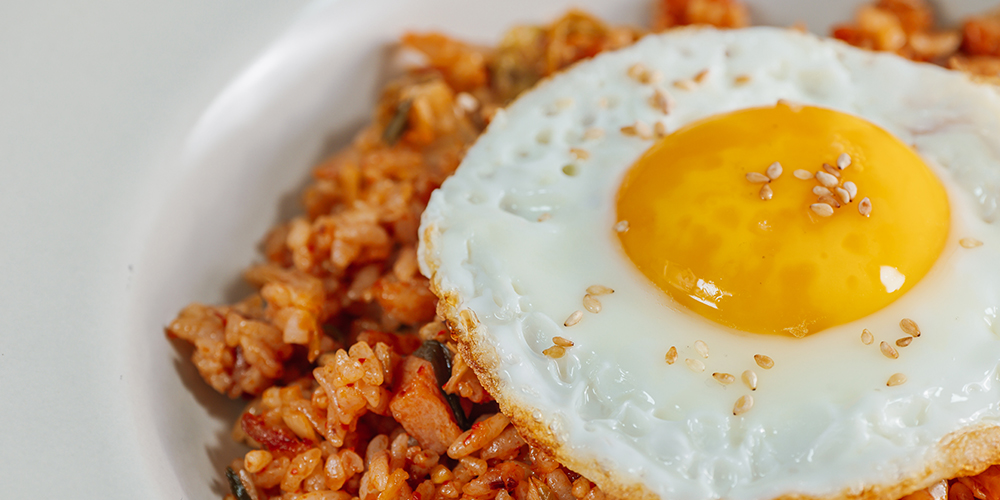
Therefore, egg yolk serves as an excellent sauce on its own, and this is why an egg yolk is placed on top of yukhoe (beef tartare), or cracked over a bowl of hot rice seasoned with soy sauce. Even adding a raw egg to piping-hot ramyeon (instant noodles), not only makes it tastier, but also contributes to a smoother texture.

The Heyday of Eggs
The popularity of eggs remains steadfast even as times change; instead, they undergo more diverse experiments and rediscoveries. The so-called "addictive dalgyaljang (braised eggs in soy sauce)" recipe, known for its irresistibly delicious taste, gained popularity at one point with various versions endorsed by famous celebrities and influencers, earning it the title of "rice thief.”
Amidst the trend towards a health-conscious lifestyle favoring lighter eating habits, eggs continue to enjoy immense popularity. Eggs, including boiled eggs and maekbanseokgyeran (stone-grilled eggs), are recognized as prominent diet foods. Even in representative Hansik dishes like gimbap, eggs have seen a rise in status from being mere side ingredients to becoming main ingredients. Capitalizing on the ketogenic diet trend, which involves reducing carbohydrates, gimbap filled only with eggs, without rice, has soared in popularity.
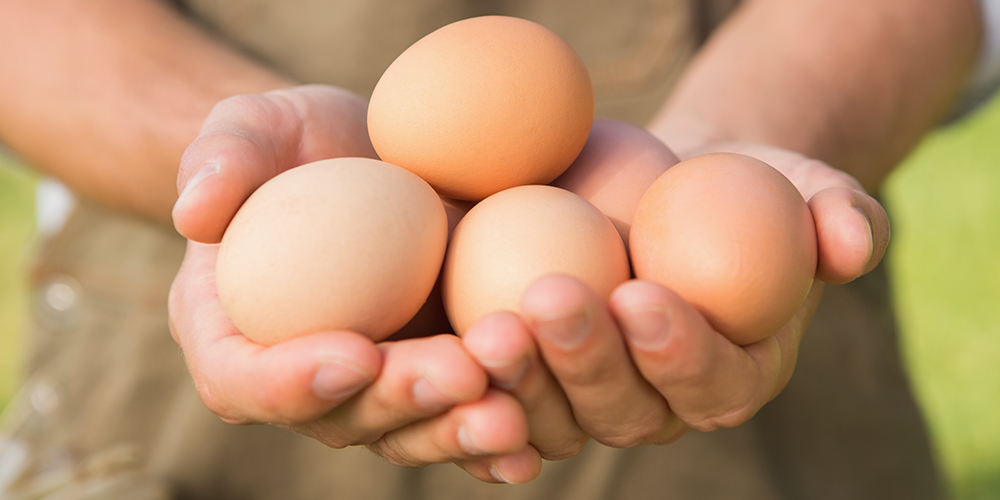
Moreover, various Hansik-based egg dishes, such as sundubudalgyaltang (egg soup with soft bean curd) and yangbaechudalgyaljeon (cabbage egg pancake) are introduced as healthy options on YouTube, receiving enthusiastic responses both domestically and internationally. Eggs, though not flashy, serve as reliable companions to any ingredient, supporting hearty dishes. How about creating your own unique recipes using eggs during this Lunar New Year holiday?
Reference Doosan Encyclopedia, Encyclopedia of Korean Culture, <One Ingredient a Day: EGG>" (Sun-hee Kim, Sidaein, 2020).










